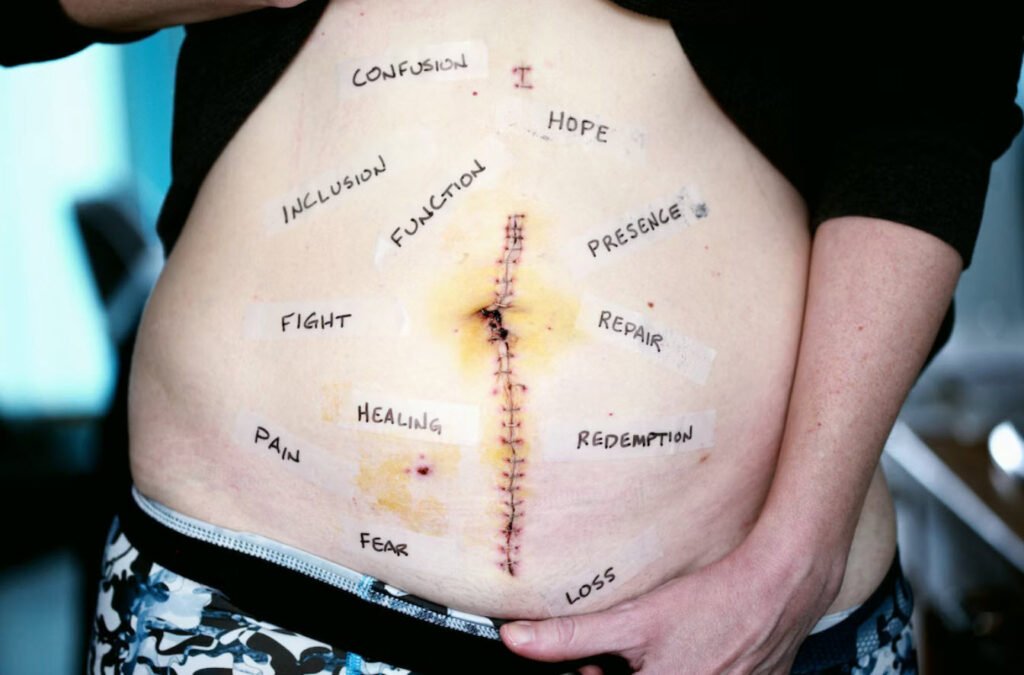
Cervical cancer is a serious health concern for women worldwide, but there are proactive steps you can take to lower your risk of developing this disease. By incorporating certain practices into your lifestyle and seeking regular medical care, you can significantly reduce your chances of getting cervical cancer. This article outlines three essential strategies to help protect yourself from cervical cancer.
1. Protect Yourself from HPV:
Human papillomavirus (HPV) is the primary cause of cervical cancer. Taking measures to prevent HPV infection can significantly reduce your risk of developing cervical cancer. Here are three important steps you can take:
- HPV Vaccination: Speak to your doctor about the HPV vaccine, which provides protection against the types of HPV responsible for most cases of cervical, vaginal, and vulvar cancers. The vaccine is typically recommended for both males and females between the ages of 11 and 12, but it can be administered as early as age 9 and up to age 26. By receiving the HPV vaccine, you can build immunity against the most common cancer-causing HPV strains.
- Safe Sexual Practices: Consistently using condoms during sexual intercourse can help reduce the risk of HPV transmission. While condoms may not provide complete protection, they are still an important barrier method that can significantly lower the chances of contracting HPV. Limiting your number of sexual partners also decreases the likelihood of exposure to the virus.
2. Regular Pap Tests:
Pap tests, also known as Pap smears, are crucial for the early detection of cervical cancer. These tests can identify precancerous changes in the cells of the cervix, allowing for timely intervention and prevention of cervical cancer. It is essential to follow your healthcare provider’s recommended screening schedule, which typically starts at age 21 and continues throughout your lifetime. Regular Pap tests can identify any abnormalities and enable prompt medical intervention.
3. Quit Smoking:
Smoking has detrimental effects on overall health, including an increased risk of cervical cancer. Smoking weakens the immune system and affects the cervix’s ability to heal, making it more susceptible to HPV infection and the progression of cervical abnormalities. If you smoke and have HPV, your chances of developing cervical cancer are further heightened. Quitting smoking is a vital step in protecting yourself from cervical cancer and improving your overall health. Consult with your healthcare provider for guidance and support in smoking cessation.
Conclusion
Lowering your chance of developing cervical cancer is within your control through proactive measures and regular medical care. By protecting yourself from HPV through vaccination, safe sexual practices, and reducing your number of sexual partners, you can significantly reduce your risk.
Additionally, attending regular Pap tests for early detection of cervical abnormalities and quitting smoking are vital steps in safeguarding your cervical health. Remember to consult with your healthcare provider for personalized advice and recommendations based on your individual circumstances.
By taking these preventive measures, you are actively working towards reducing your risk of cervical cancer and promoting your overall well-being.
You may also like:- Can You Take Calcium and Vitamin D Supplements Together? Read Here
- Taking Control Of Your Hormonal Health: What To Expect From An HRT Clinic
- Strategies for Making Physical Activities Accessible for Children with Special Needs
- ICMR’s Advisory on Tea and Coffee Consumption
- 10 Healthy Tips for World Health Day 2024
- Headache Danger Signals – A Comprehensive Guide
- Commonly Used Drug Dosages for Pain
- Key Responsibilities and Duties of a Doctor
- Personalized Support For Every Family: The Specialized Training Of Lactation Consultants
- Why Does A Person Sleepwalk At Night?








